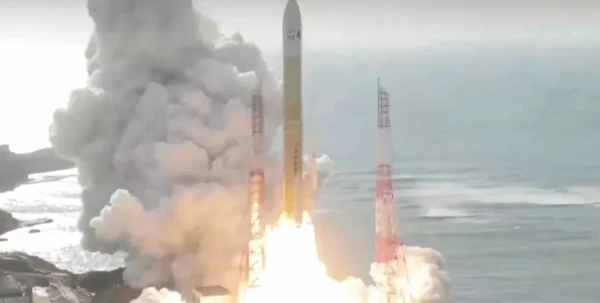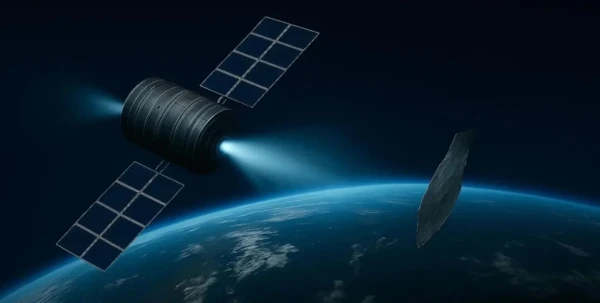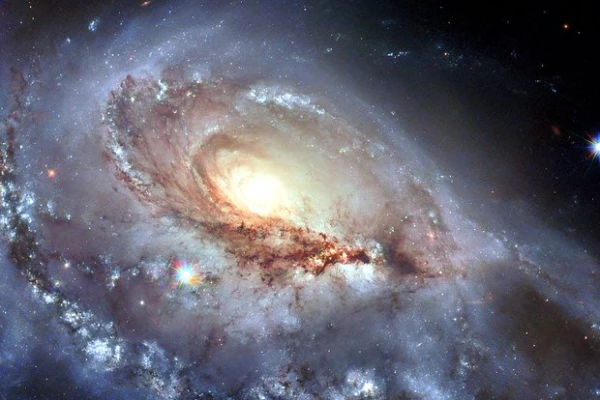
The Japanese space agency successfully launched its most powerful H3 rocket with a new unmanned cargo ship as part of its first mission to deliver cargo to the International Space Station, Focus reports.
The Japan Aerospace Exploration Agency (JAXA) has sent a new cargo spacecraft, HTV-X, to the International Space Station (ISS) for the first time. The spacecraft launched into space using the H3 rocket from the Tanegashima Space Center and reached its designated orbit 14 minutes after liftoff on Sunday, October 26, Space reports.
According to JAXA's statement, the HTV-X spacecraft separated from the H3 rocket and entered its designated orbit. It is expected to arrive at the ISS on Wednesday, October 29.
HTV-X is the successor to the Japanese cargo spacecraft HTV, also known as Kounotori (Japanese for "White Stork"), which completed nine missions to the ISS from September 2009 to May 2020.
HTV-X is designed to deliver 6 tons of cargo to the ISS, as well as to conduct experiments after it departs from the space station. The new spacecraft is 8 meters long and is approximately 1.2 meters shorter than its predecessor, but it can deliver the same amount of payload to the ISS.
HTV-X is also designed to conduct demonstration tests of various technologies on board for one and a half years after it leaves the ISS until it burns up in the atmosphere.
According to JAXA's statement, HTV-X will also contribute to human space activities in orbit and after the ISS is decommissioned in 2030. This spacecraft may also deliver cargo to Gateway, a space station that NASA plans to build in orbit around the Moon.
The debut of HTV-X increases the number of cargo spacecraft delivering payloads to the ISS. Currently, this is done by the Russian Progress spacecraft, as well as the Cygnus and Dragon spacecraft built by American companies Northrop Grumman and SpaceX, respectively. Only Dragon is reusable. The other spacecraft, including HTV-X, burn up in the Earth's atmosphere after completing their missions.
Sunday's launch also marks the successful debut of the most powerful version of the H3 rocket with four boosters and an enlarged fairing, which is the upper section for payloads.















Leave a comment